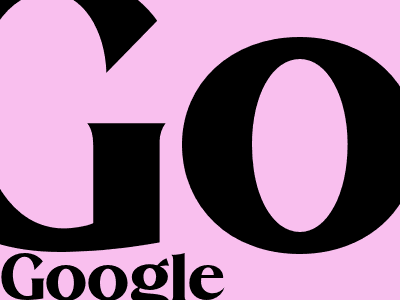
Google to Label AI-Edited Photos
New Policy Aims for Transparency, Authenticity
In a move towards promoting transparency and authenticity, Google has announced that it will begin labeling photos that have been edited using artificial intelligence (AI) technology.
The new policy, which will be implemented in the coming months, will apply to all photos uploaded to Google Photos, as well as those shared on other Google platforms such as Google Drive and Google+. Photos that have been edited using AI will be labeled with a small icon indicating that the image has been "AI-edited."
Google's decision to label AI-edited photos is part of a broader effort by the company to address concerns about the potential misuse of AI technology. In recent years, there have been growing concerns about the spread of "deepfake" videos and images, which can be used to create realistic but false content.
Benefits of Labeling AI-Edited Photos
The labeling of AI-edited photos offers several benefits:
Transparency: The labels will help users to identify photos that have been edited using AI, promoting transparency and trust in the content they see online.
Authenticity: The labels will help to preserve the authenticity of photos, ensuring that users can trust that the images they see are genuine and unaltered.
Education: The labels will help to educate users about the capabilities and limitations of AI technology, fostering a better understanding of how AI can be used responsibly.
Implementation and Impact
Google plans to implement the new policy gradually over the coming months. The company will use its advanced machine learning algorithms to automatically detect and label photos that have been edited using AI technology.
The impact of the new policy is expected to be significant. By labeling AI-edited photos, Google aims to promote transparency, authenticity, and education around the use of AI technology.
The policy is also expected to have a positive impact on the fight against deepfakes and other forms of misinformation. By making it easier to identify AI-edited photos, users will be less likely to be fooled by false or misleading content.
Conclusion
Google's decision to label AI-edited photos is a welcome step towards promoting transparency, authenticity, and education around the use of AI technology. The new policy will help users to make informed decisions about the content they see online and will help to combat the spread of misinformation.